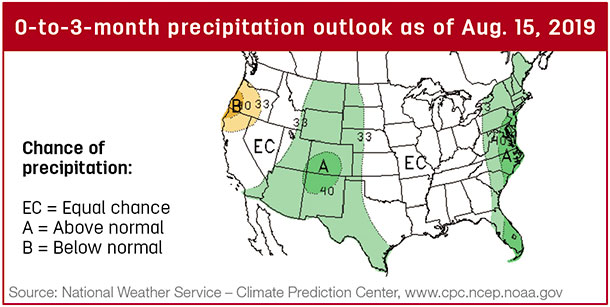This month’s article will take a look at some common cube choices and discuss where they can be best utilized and some factors to consider when selecting one.

Many feed companies will offer from four to six different cubes for sale. In the example that will be looked at in this article, the company offers four different cubes to choose from:
- $11 per sack, 38% crude protein cottonseed meal cube
- $8.05 per sack, 20% crude protein cube, max 10% crude fiber
- $7 per sack, 20% crude protein high-fiber cube, max 15% crude fiber
- $6.75 per sack, 12% crude protein cube, max 9% crude fiber
If the cows are in good shape and the forage is adequate in energy, then a high percent crude protein supplement is the best choice.
In this example, that would be the 38% protein cottonseed meal cube. While the most expensive per bag, it is the cheapest per pound of crude protein.
If cows need both protein and energy, a 20% cube would be the best option in this scenario. Unfortunately, percent TDN, nor any other measurement of energy, is printed on feed tags.
If TDN content is not available from the company, then crude fiber content can be used as an indicator of TDN. In general, TDN content decreases as crude fiber content goes up.
Within similar types of cubes, crude fiber content is more important to look at than fat content.
In this example, the 20% cube priced at $8.05 for a 50-pound sack is the best option because fewer pounds of cubes will be needed to meet supplementation goals, and it is also the cheapest per pound of TDN ($0.22 per pound compared to $0.26 per pound). The 10% crude fiber cube contains 72% TDN compared with only 57% TDN for the 15% crude fiber cube.
When only energy is needed, a lower-protein, high-energy cube is the best option. In this scenario the 12% protein cube is the best option because it is the cheapest per pound of TDN ($0.18).
When selecting the best feed, it is important to consider cost and nutrient content to determine which option is the best value. ![]()

-
Jason Banta
- Associate Professor and Extension Beef Cattle Specialist
- Texas A&M University
- Email Jason Banta








